
The Caucasus - flora, vegetation and ethnobotany
The Caucasus - flora, vegetation and ethnobotany Few regions in Europe are more steeped in mythology than the Caucasus, and few have sparked more interest from botanists and anthropologists alike. Indeed, given the historical,...[more]
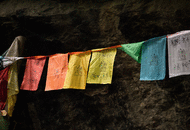
Ethnobotany and Ethnozoology in the Himalayas and Central Asia - India, Nepal, Pakistan and Uzbekistan
The wider Himalayan region and Middle Asia harbor much of the world's biological and cultural diversity. This diversity is not only structured by the steep north-south gradient, but also by an east-west gradient in precipitation....[more]
Plants, lichens and bryophytes in Baden-Württemberg - taxonomy, distribution and use
Research on native plants i is also a top priority for the Botany team at the SMNK. This work has contributed to scientific research in Baden-Württemberg for decades and is reflected in a large number of extensive...[more]
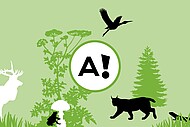
Species knowledge for everyone. The Karlsruhe Taxonomy Initiative
A new project started in autumn 2022: the "Karlsruher Taxonomy Initiative". The aim of the project is to strengthen education in the area of species knowledge and taxonomy of plants, fungi and animals in the region. It is...[more]
The Adelegg - flora, vegetation and ethnobotany of a central European mountain landscape
The Adelegg with a altitude of up to 1129 m and an area of 112 km² is a mountain landscape that is mainly wooded today. Parts of the Adelegg mountain ridge belong to the 6.4 km² Adelegg fauna-flora habitat area (FFH no....[more]
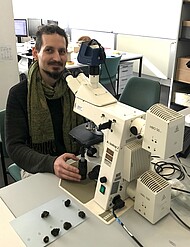
[Translate to english:] Monitoring und wissenschaftliche Auswertung von Biodiversität (Pilze) in den Schlossgärten Schwetzingen, Rastatt-Favorite und Weikersheim
[Translate to english:] In dem mykologischen Projekt in Kooperation mit Staatliche Schlösser und Gärten Baden-Württemberg (SSG), das wissenschaftlich von Dr. Markus Scholler vom SMNK geleitet wird, werden 200 ausgewählte...[more]
Medicinal Plants and Herbal Food Ingredients in the 21st Century - Benefits and Safety
The global inventory of plant diversity consists currently of about 350,000 species, with most current estimates expecting around 420,000 plant species to exist. This tremendous diversity accounts for a wide range of...[more]
Collections, digitization, nature conservation and global change
Collections, digitization, nature conservation and global change A decline in botanical collections and collection interests in recent decades is highly problematic. In an era of rapid climate change, botanical and other...[more]
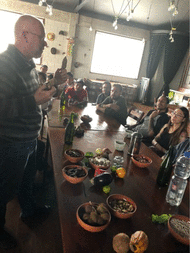
Gastronomic ethnobotany
Humans depend on plants for food, use them for building materials and to make their daily tools; They also form an important part of their cultural and spiritual practices. 80% of the population in the developing world depends on...[more]
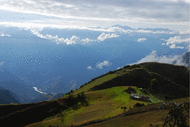
Medicinal plants in northern Peru and southern Ecuador
The border region of Ecuador and Peru is one of the most species-rich areas on earth and therefore a "biodiversity hotspot" par excellence. Low passes in the Andes chain allow easy exchange between the flora and fauna of the...[more]
Book project - Ethnobotany of Mountain Regions
Editors-in-chief: Prof. Dr. Rainer W. Bussmann Dr. Narel Y. Paniagua Zambrana The Ethnobotany of Mountain Regions book series (online and print) is organized into volumes, each covering a major mountainous region...[more]
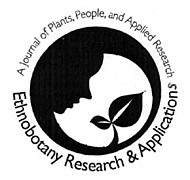
Ethnobotany Research and Applications
Ethnobotany Research and Applications is an electronic, peer-reviewed, multi-disciplinary and multi-lingual journal devoted to the rapid dissemination of current research in any areas related to Ethnobiology. The journal is...[more]
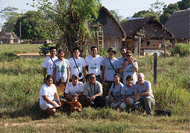
Traditional Knowledge, Intellectual Property and Nagoya Protocol on Access and Benefit Sharing
Although the ratification of the "Nagoya Protocol on Access to Genetic Resources and Fair and Equitable Participation in the Benefits from their Use in the Convention on Biological Diversity (CBD)"...[more]
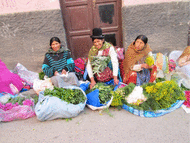
Markets and Globalization
Detailed studies of local crop markets are of great importance as even local authorities are beginning to encourage wider consumption of locally harvested foods and complementary alternative medicines, such as during the Covid-19...[more]
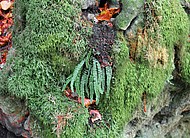
Botanical taxonomy, identification and reference literature
In 1753 the Swedish botanist Carl Linnaeus published his work "Species Plantarum" and established the binomial system (genus and species) for naming plants. Since then, every new plant species has had to be described and...[more]
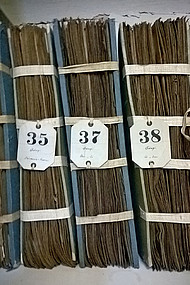
Mounting, indexing and digitization of fungal collections
The fungus collections of the Karlsruhe Natural History Museum have increased almost tenfold since 2003 and today have more than 108,000 specimens (as of December 2021). Most of the collections are donations from private...[more]
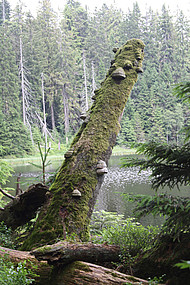
Mycological investigations in the former protected forest Wilder See (Northern Black Forest)
From 2013 to 2019, the fungal diversity was recorded in the almost in the Wilder See area, an area covering almost 150 h in new Black Forest National Park. The project is a citizen science project led by the Karlsruhe...[more]
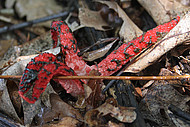
The urban fungus flora in the Karlsruhe area and how it changes
The fungus flora of Karlsruhe has been investigated since the 1920s, documented by a number of publications, specimens in herbaria and above all by diary entries. The Karlsruhe teacher Paul Stricker, who had been documenting the...[more]
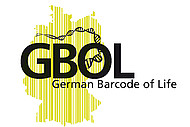
Taxonomy of rust fungi and DNA-Barcoding
The taxonomy and ecology of rust fungi (Pucciniales) is one of the main research areas of the department. Rust fungi are microfungi and obligate plant parasites characterized by e. g. a large number of different spore types, high...[more]






